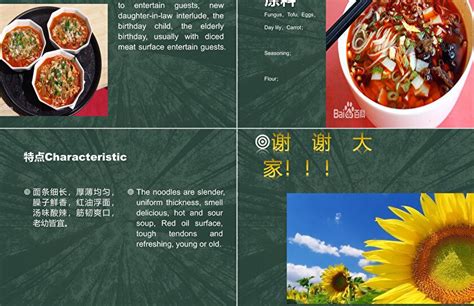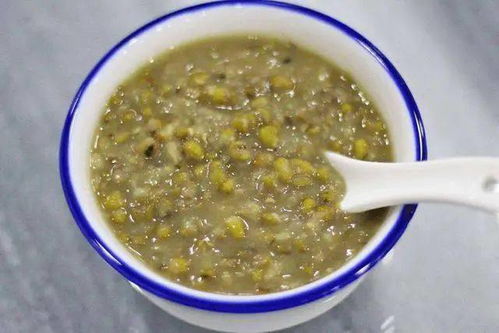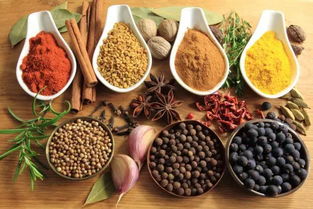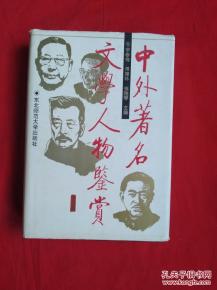中国美食文化英文介绍结尾怎么写
Exploring the Rich Tapestry of Chinese Culinary Culture
China boasts a culinary heritage as diverse as its vast landscape and millenniaold history. From the imperial kitchens of ancient dynasties to the bustling street vendors of modern metropolises, Chinese cuisine is a celebration of flavors, techniques, and cultural traditions. Let's embark on a journey to uncover the essence of Chinese culinary culture.
1. Historical Roots:
Chinese culinary tradition traces its roots back thousands of years, evolving through dynasties, geographical regions, and cultural exchanges. Ancient texts like "The Classic of Rites" and "The Book of Songs" offer glimpses into early cooking practices and food customs, laying the foundation for the rich culinary tapestry we see today.
2. Regional Diversity:
One of the hallmarks of Chinese cuisine is its remarkable regional diversity. From the fiery flavors of Sichuan cuisine to the delicate dim sum of Cantonese cuisine, each region boasts its own unique ingredients, cooking techniques, and flavor profiles. Whether it's the hearty wheatbased dishes of the north or the ricecentric fare of the south, every region offers a distinct culinary experience.
3. Key Ingredients:
Chinese cooking places great emphasis on fresh, seasonal ingredients, with a focus on harmony and balance in flavors, textures, and colors. Staples like rice, wheat, soybeans, and tea form the foundation of many dishes, while a vast array of vegetables, meats, seafood, and aromatic spices add depth and complexity to the cuisine.

4. Culinary Techniques:
Chinese culinary artistry is characterized by a diverse range of cooking techniques, from stirfrying and steaming to braising and roasting. Wok hei, the elusive "breath of the wok," infuses dishes with a smoky, caramelized flavor, while the precise knife skills of chefs ensure uniformity and aesthetic appeal in presentation.
5. Symbolism and Tradition:
Food holds a special place in Chinese culture, with symbolic meanings deeply embedded in culinary traditions. From the round shape of dumplings symbolizing unity and completeness to the auspicious symbolism of whole fish representing abundance and prosperity, every dish carries layers of meaning and significance, especially during festivals and celebrations.
6. Street Food Culture:
No exploration of Chinese culinary culture would be complete without delving into its vibrant street food scene. From bustling night markets to humble roadside stalls, street food vendors tantalize taste buds with an array of snacks and small bites, offering a glimpse into the everyday culinary delights enjoyed by locals.
7. Evolution and Innovation:
While deeply rooted in tradition, Chinese cuisine continues to evolve and innovate in response to changing tastes, lifestyles, and global influences. Fusion cuisines, culinary trends, and modern cooking techniques blend seamlessly with timehonored recipes, ensuring that Chinese culinary culture remains dynamic and relevant in the modern world.
8. Preserving Heritage:
As China undergoes rapid modernization, efforts to preserve and promote its culinary heritage have gained momentum. Initiatives aimed at safeguarding traditional cooking techniques, documenting regional recipes, and promoting sustainable farming practices play a crucial role in ensuring that future generations can continue to savor the rich flavors of authentic Chinese cuisine.
In conclusion, Chinese culinary culture is a reflection of the nation's history, geography, and cultural heritage. From the humblest street vendor to the grandest banquet, each dish tells a story of tradition, innovation, and the enduring bond between food and culture. By embracing its diversity and preserving its heritage, Chinese cuisine continues to captivate palates and inspire food lovers around the globe.
[以上是对中国美食文化的一次探索,希望你能从中体会到其丰富多彩的魅力。]











